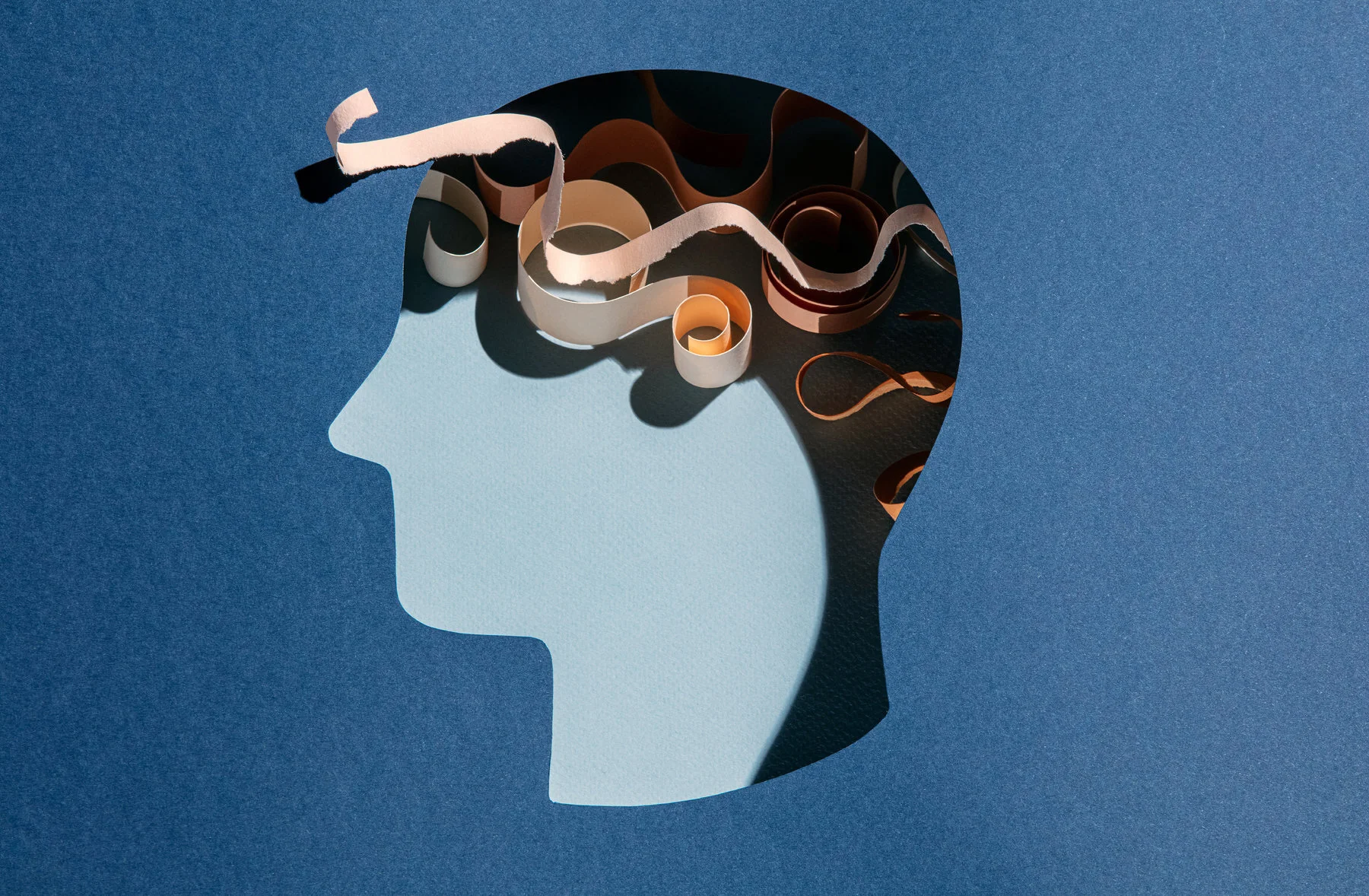Thoughts on Becoming a Trauma-Informed Criminal Lawyer
- Woke up, got out of bed, dragged the comb across my head…
It all seems so simple and carefree. But if you are a criminal lawyer, the rest of your day may include some of the following:
Reviewing forensic reports, photographs, surveillance tapes and witness accounts that describe real-life homicides, sexual assaults, or child pornography;
Observing your client struggle to pay for legal fees, make bail, deal with relatives, and face the life-altering consequences that come with a criminal charge;
Figuring out where in a mass of legal documents reasonable doubt or proof of innocence lie;
Dealing with a legal adversary who wants to prevail over your client and put them in jail;
Navigating the judicial system – judge, jury and court staff, many of whom view you as a pariah;
Coming face to face with a potential survivor of sexual assault, robbery, aggravated assault, or their closest surviving relative.
How was your day? In the end, you try to leave it all behind and make nice with your romantic partner, children, family and friends. Mind you, none may want to hear the details about what actually constituted your day, lest they get a piece of the trauma that you’re dishing out.
Trauma, Physiologically Speaking
Trauma can be the life-blood of a criminal lawyer, yet we are often blind to its presence. Like a fish in water, it can be hard to describe what one is immersed in.
Trauma lies at the high end of stress and can overwhelm the central nervous system. It is defined in the DSM-5 as “a specific type of stress that reflects exposure to terrible events generally outside the range of daily human experience that are emotionally painful, intense, and distressing.” It’s not easily digested by the mind or body.
We may think we know what stress is but still not realize that how you feel is just the tip of a physiological iceberg. A stressor is something that knocks you out of balance; a threat, physical or psychological, that can trigger a cascade of bodily reactions meant to increase the likelihood of self-preservation in the face of danger.
Increased heartbeat and blood pressure. Hormones redirect energy via the circulatory system to muscles that can help in escape or physical confrontation. Pupils dilate. Escape routes mapped out in the brain. Reduced ability to reason and reflect. A loss of composure. Danger.
Criminal lawyers experience stress almost every day and, depending on the file they’re working on, traumatic stress at that. They are among those vulnerable to vicarious trauma, which the DSM-5 describes as “repeated or extreme exposure to aversive details of the traumatic event (e.g., first responders collecting human remains; police officers repeatedly exposed to details of child abuse).”
Because trauma can overwhelm the central nervous system, it leaves a lasting imprint that is often re-lived, again and again, until it is properly and finally digested. In doing so, the body re-experiences stressful reactivity as well. Repetitive triggering of our biological stress reactions, like chronic stress, can lead to mental exhaustion, depression, and physical illness.
Being aware of the presence of high-end stress is the first step in dealing with traumatic content in your legal practice. It can help to see how it manifests.
1. Cases with trauma-heavy content
Horrific murders. Sexual assaults. Child pornography and other forms of child abuse and pedophilia.
Images, facts, post-mortems, and the stories victims and complainants tell. Direct engagement with the individuals involved, one on one, face to face through cross-examination, seeing them in the courthouse, and immersion in the facts that compose their lives.
We cannot be blind to these stories, try as we might. They tell a story that grabs at us. Even if we push away the visceral reaction to analyze the case from a legal point of view, we still have an initial bodily reaction that is beyond our control.
2. Injustice and trauma experienced by our clients
Racial profiling, unjust convictions, and unfair trials. If the stories a complainant tells doesn’t get your blood boiling, this often will.
Our clients experience the blunt end of the justice system, innocent or guilty. Loss of liberty, a financial end of days, estrangement from friends and family, fear and trembling about the future, depression, and anxiety. Talk about chronic stress.
As lawyers, one can be overwhelmed by a client’s experience in the system and struggle with its emotional toxicity. The options may seem stark – get emotionally overwhelmed or offer a cold shoulder.
3. The stark realities of the system
Then there is the reality of a human, all too human system. Racial and social inequities. Lying witnesses. Judges and opposing counsel who also struggle with the traumatic nature of their work and may take it out on others.
Defence counsel is not always greeted as a heroic figure on top of all of that. How can you represent those people? That can result in added defensiveness, the icing on top of a stress cake characterized by being in “fight” mode. None of this helps one remain composed and engaged with the professional distance needed to see the forest from the trees.
4. Wear and tear
No-one gets out of here alive. We all have cases that have given us lasting wounds. Clients, win or lose, who have sometimes paid the ultimate price during or after a case has finished up. Colleagues who have burned out, succumbed to substance abuse, or are burdened with mental illness. Files you can’t quite put behind you. Photos or stories etched into your memory.
It might make you wonder, what’s the good news? Is there an upside to all of this?
Equanimity and composure, building resilience to metabolize these kinds of experience should be possible. You may have seen examples of it in the profession. Some people have a resilience that, with some luck, they simply inherited. Most others have to earn it. One way out is a form of being mindful, at the very least, with the reality of this kind of work.
Understand How it Hits You
To wit, a brave person once said that being brave is just another way of being scared. A kind of radical acceptance. Recognize the emotions and feelings. Accept that they’re occurring. Investigate. Notice how they change.
Everyone has a unique stress signature. Get to know yours – even the sticky parts. How a stressful situation feels physically, emotionally, what thoughts it triggers, and what reactions it pushes you towards. Naming it is the first step towards taming it, even when it comes to maladaptive coping mechanisms like substance abuse or mental illness.
These experiences affect others as well. Once appreciated, that impact may help you harness the emotional facts to your client’s ultimate benefit.
Consider How We Hit Others
What’s your personal style? Consider whether you personalize the stresses that hit you or deal with them professionally. Taking stock of your reaction and how it affects others is part of being present.
The body’s reaction often sets the tone – fight, flight, freeze, or appease. Mental, self-rationalizing commentary usually follows and before we know it, we’re simply reacting. Perhaps heightening the traumatic content in a case, rather than lessening it.
It’s tempting to treat the adversarial system as the confrontational system. This can translate into how we are perceived and whether that is in our client’s best interests. Often, it’s not. As tough as it is, it is part of a lawyer’s job to retain one’s composure, which points towards the necessity of having a strategy.
Adopting a Well-Being Strategy
Evolutionary biology is not necessarily destiny. Ever since scientists discovered that the brain can “rewire” itself, it’s been clear that how we think and interact in our day-to-day results in physical changes to the brain. Neuroplasticity.
That’s true for good or for ill. Over time, it is possible to metabolize stressful events in a way that acknowledges but manages reactivity. Increased resilience and an ability to reflect in the midst of tumultuous events.
Mindfulness is one option amongst many. Exercise. Eating well. Taking care of ourselves. Counselling and professional help can be invaluable.
My personal journey led me to study and now teach mindfulness. Mindfulness starts with the acknowledgment of stress. It builds equanimity through the cultivation of non-judgmental, present-centred awareness.
Non-judgmental, present-focused awareness is about noticing one’s reaction, staying in the present, and observing thoughts and emotions as mental sensations. Often, one learns to anticipate stress and pause before making significant decisions. It seeks to replace reactivity with curiousity. And compassion for others – as well as oneself.
A mindfulness practice is often built through daily periods of stillness or meditation. That may not be for everyone – but not having a well-being strategy is a poor strategy in itself. Giving yourself a break, when you’re not trying to achieve anything, can help the body and mind reset and break the cycle of chronic stress. It can be yoga, painting, taking a walk, gardening, spending time with a child, running, exercise, cooking, or cleaning the house. Or talking to someone.
All of these activities can also cultivate mindfulness. Simply doing whatever one is doing, noticing what you’re noticing. How the activity appears in your awareness. Take a few moments to be in the present moment.
Increased resilience may give you an edge, a perspective on a case that you were missing. And it can help counsel, judges, and others build an ethos around well-being in a profession that asks a lot of people.

